How to Tune Your Guitar: Complete Beginner's Guide
Master the most important skill in guitar playing. Learn standard tuning and develop your ear with our comprehensive step-by-step guide.
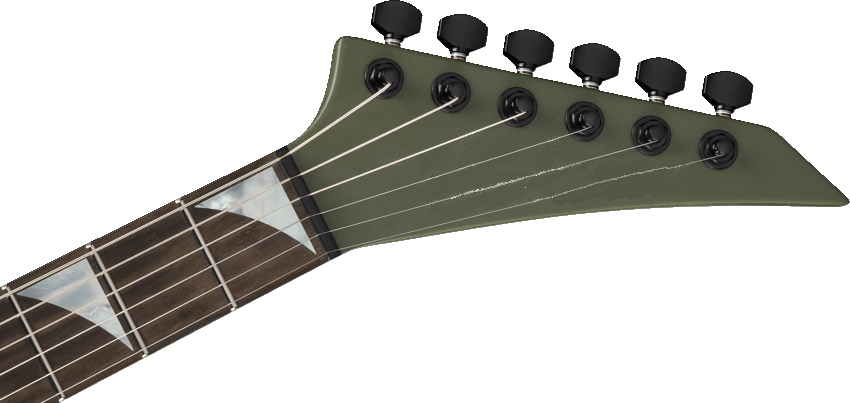
Why Guitar Tuning is Essential
Tuning your guitar is the first and most important step in learning to play the guitar. No matter how skilled you become, if your guitar isn't properly tuned, even the most beautiful chord progressions will sound awful.
In this comprehensive guide, you'll learn not just how to tune your guitar, but also how to develop your ear for pitch recognition—a skill that will serve you throughout your musical journey.
Standard Guitar Tuning
On a six-string guitar, standard tuning uses these notes from thickest to thinnest string:
6th String (Low E) → 5th String (A) → 4th String (D) → 3rd String (G) → 2nd String (B) → 1st String (High e)
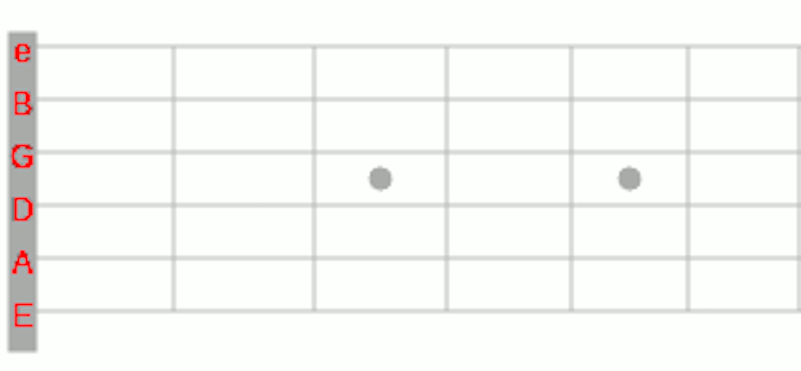
Getting Started: Tools You'll Need
While you can use guitar tuning apps like GuitarTuna or built-in tuners on amplifiers, we'll focus on developing your ear. This approach will make you a better musician in the long run.
💡 Pro Tip
Start with an electronic tuner for the first string, then use your ear for the rest. This combination approach builds both accuracy and musical ear training.
Step-by-Step Tuning Process
Use your electronic tuner to get the thickest string (6th string) perfectly tuned to E. This will be your reference point for tuning all other strings by ear.
Turn off your tuner and use your ear. Fret the 5th fret on the low E string (6th string) and pluck both the 6th string and the A string (5th string) simultaneously.
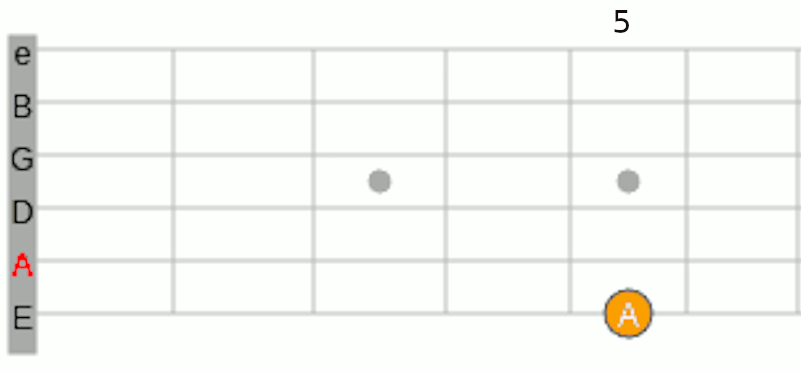
When you fret the 5th fret on the 6th string, you get an A note. Adjust the 5th string tuning peg until both strings produce the same pitch.
Fret the 5th fret on the A string (5th string) to get a D note. Pluck both the 5th string and the D string (4th string) together, then adjust the 4th string until they match.
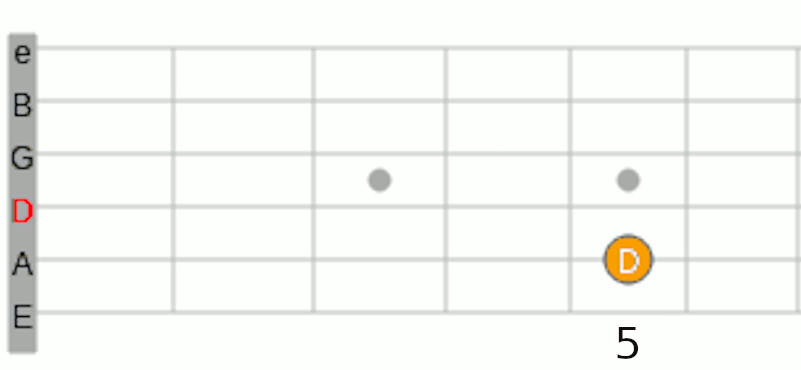
Fret the 5th fret on the D string (4th string) to get a G note. Match the 3rd string to this reference pitch.
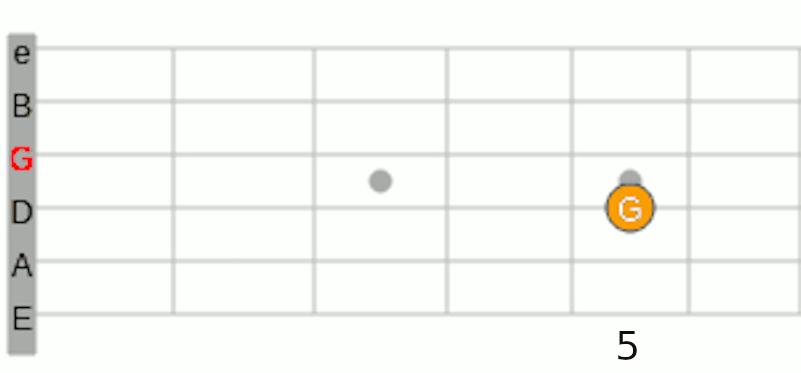
Important: This is different! Fret the 4th fret (not the 5th) on the G string (3rd string) to get a B note.
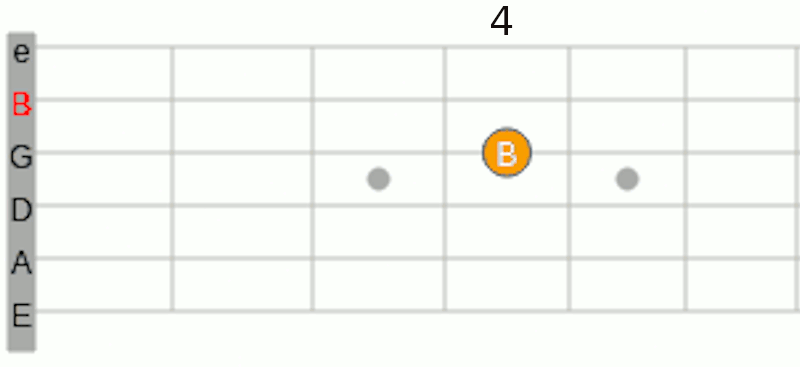
⚠️ Remember the Exception
The B string is the only string that uses the 4th fret instead of the 5th fret for tuning. This is due to the interval pattern in standard tuning.
Fret the 5th fret on the B string (2nd string) to get a high E note. Match the 1st string to this pitch.
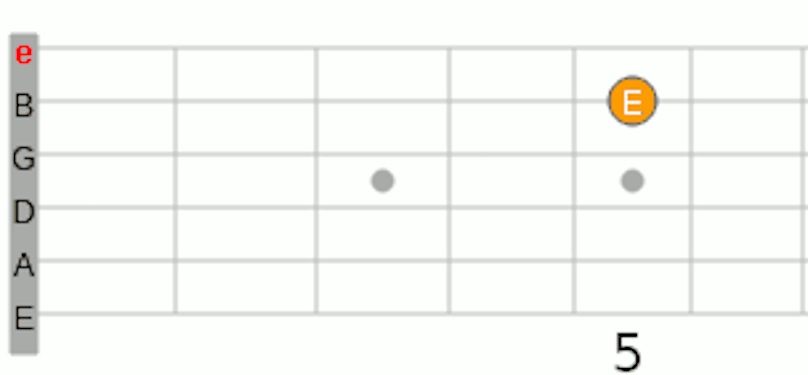
Developing Your Ear for Tuning
Listen for the Beat
When two strings are slightly out of tune, you'll hear a "beating" or pulsing sound. As you get closer to perfect tuning, this beating slows down and eventually disappears.
Tuning Direction
If you're unsure whether a string is too high or too low, try tuning it down first (making it lower), then slowly tune it up until it matches the reference pitch. This prevents over-tightening and potential string breakage.
💡 Practice Makes Perfect
The more you practice tuning by ear, the better you'll get. Start slowly and really listen to the relationship between the two notes you're comparing.
Final Verification
After tuning all strings by ear, turn your electronic tuner back on and check each string. Don't worry if you're not perfect—this skill takes time to develop!
Once all strings are tuned, strum a chord you know (like G major or C major) to make sure everything sounds right. Your ears will quickly tell you if something is off.
You're Ready to Play!
Congratulations! You've learned the most fundamental skill in guitar playing. With regular practice, you'll be able to tune your guitar quickly and accurately by ear—a skill that will serve you well throughout your musical journey.
Remember: A well-tuned guitar is the foundation of great music. Happy playing!